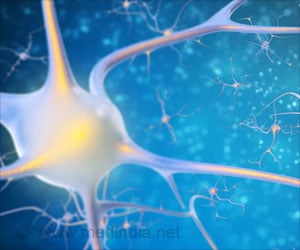
The appetite-suppressing gut hormones peptide YY (PYY) and glucagon-like-peptide-1 (GLP-1) can be triggered by the presence of short-chain fatty acids (SCFAs) in the colon. Fermentation of plant fiber in the colon by bacteria can produce these SCFAs, so it stands to reason that digestion of a diet high in plant fiber might lead to better appetite suppression.
Gary Frost and his colleagues at Imperial College London in the United Kingdom wanted to test that hypothesis in the laboratory using fecal bacterial samples from three human vegetarian volunteers and from three gelada baboons, the only modern primate to eat mainly grasses.
"Getting to the bottom of how our gut bacteria and diets interact to control appetites is vitally important for tackling the problem of obesity," said Glenn Gibson, co-author on the study based at University of Reading. Frost added, "Understanding how a paleo-like diet impacts the colon's microbiota and the signals those bacteria produce to release hormones that reduce appetite may give us new insight that we can adapt in the modern world."
The team established gut bacteria cultures in flasks and then 'fed' them two different diets—either a predigested potato, high-starch diet or a predigested grass, high-fiber diet. Then they tracked changes in the numbers and types of bacteria and measured the metabolites produced by digestion.
Surprisingly, the human cultures on a potato diet produced the highest levels of SCFAs. Even the baboon cultures fed potato produced more SCFAs than the baboon cultures fed grass. When the researchers applied some of these cultures to mouse colon cells in the lab dish, the cells were stimulated to release PYY hormone. Those exposed to human cultures digesting a potato diet released the most PYY, followed by those exposed to baboon cultures on a potato diet.
Advertisement
A closer cataloguing of all the metabolites produced by the bacterial cultures digesting potato or grass diets showed that as the levels of the amino acids isoleucine and valine rose, so too did the amount of PYY released. This relationship was even stronger than that with SCFAs.
Advertisement
The researchers note that this study of digestion in the test tube is limited by not including the roles of gut cells, which absorb and secrete metabolites as well.
Source-Eurekalert














